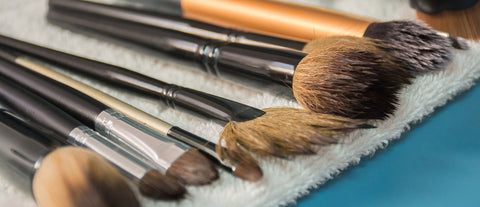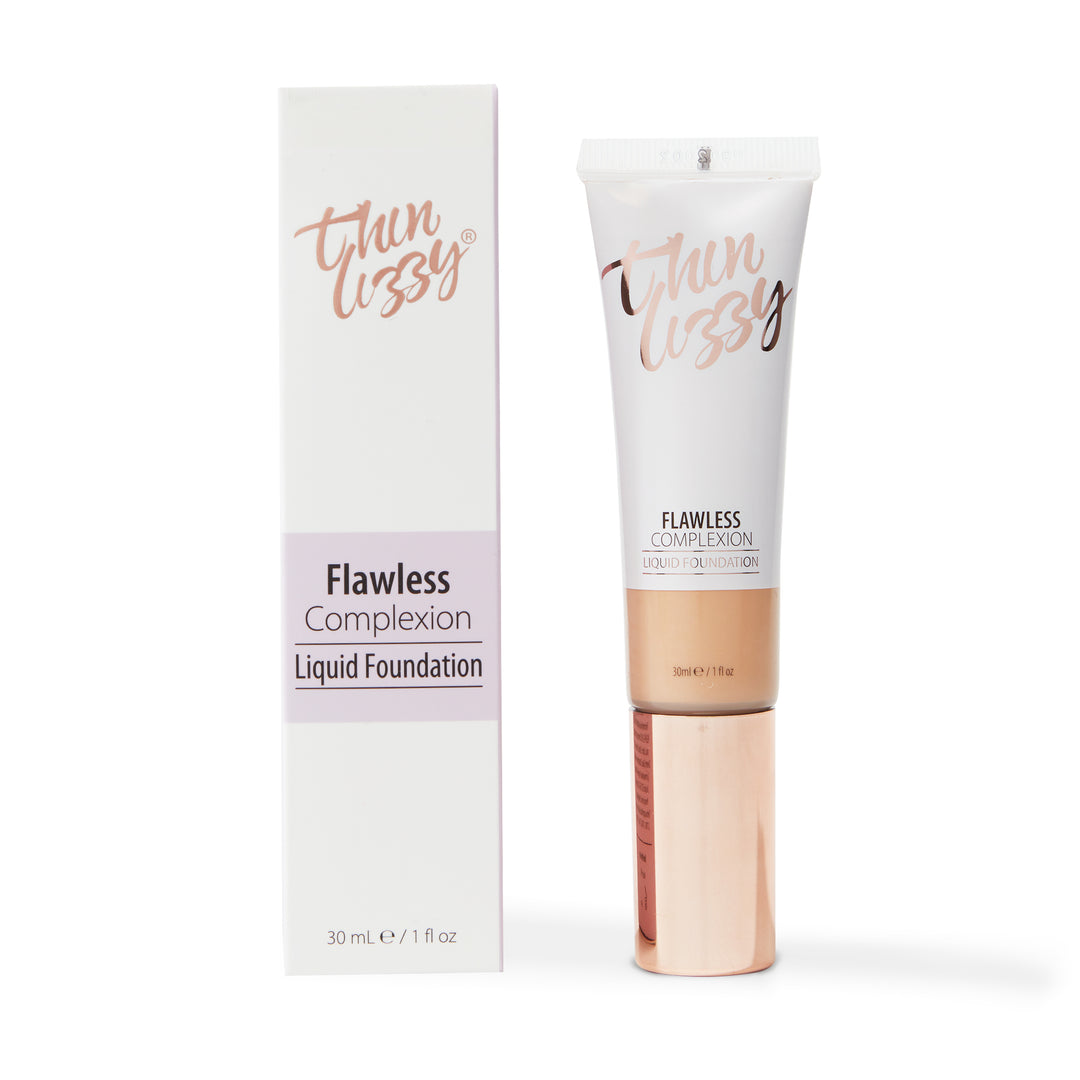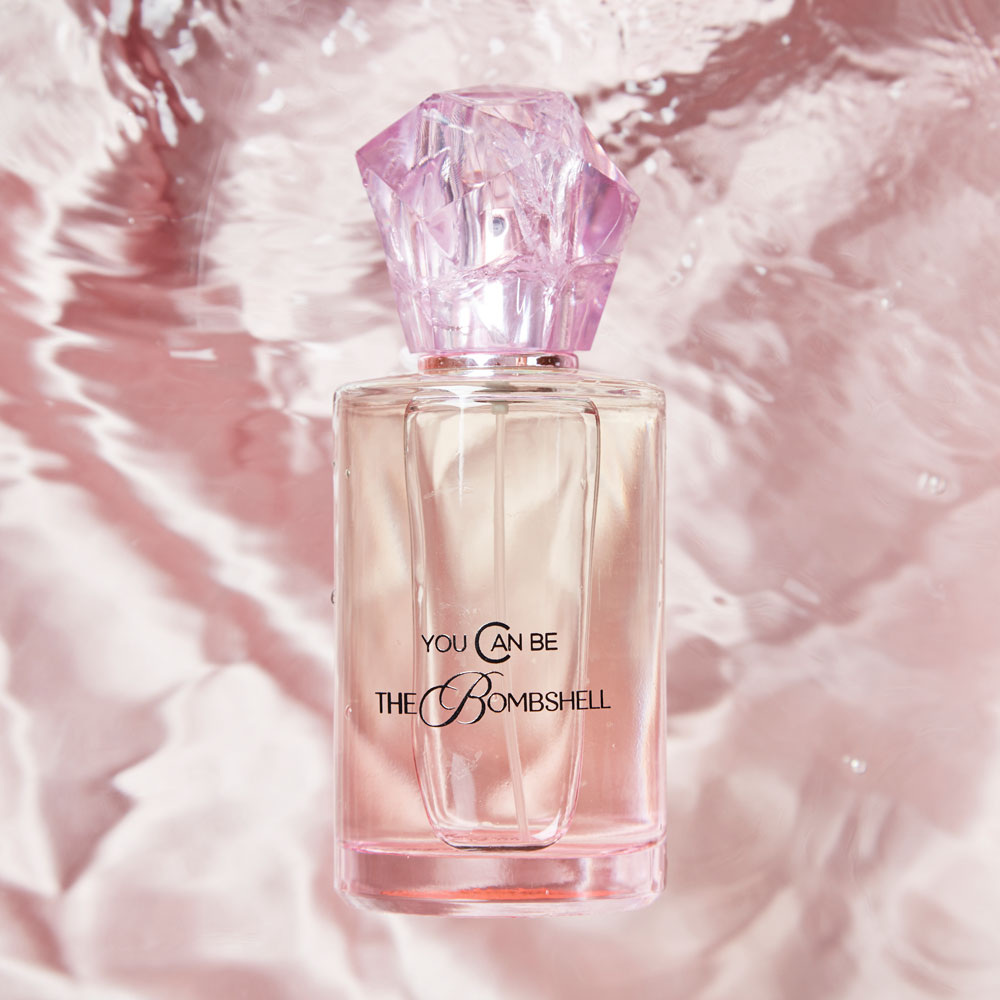Avoid nasty breakouts with this one simple trick

If you’ve been putting on your makeup with your fingers, stop it! Professional makeup artists use brushes and sponges. You’ll use up to 30% less product with proper makeup tools and your makeup will look flawless, not finger-painted. Thin Lizzy has a fabulous range of brushes and blending sponges to get you started.
How often do you wash your makeup brushes? Like cleaning out the fridge, it’s a job that gets neglected and shouldn’t – for hygiene reasons. Makeup brushes are fertile breeding grounds for bacteria that can cause breakouts. You don’t want to be spreading nasty germs across your skin! Dirty brushes aren't great for applying your makeup either. You need clean tools for a flawless face.
So, how often should you wash your brushes and blending sponges? Experts suggest about once a week to keep bacterial growth at bay. Apart from rinsing away nasty germs, regular washing extends the life of your brushes - if you do it right.
Here's our quick guide to keeping your makeup tools pristine.
For blending sponges:
Soak overnight in boiled water with a little Dettol or antibacterial soap. Rinse and allow to air dry.
For vegan brushes:
Never use isopropyl alcohol on vegan brushes, as it will destroy them. Makeup artists use isopropyl alcohol to disinfect brushes between clients. While it prevents the transfer of surface bacteria, it doesn't clean the brushes. The best way to clean vegan brushes is with a mild soap or shampoo, or a brush cleaner machine.
For all other makeup brushes:
If you love your brushes, invest in a brush cleaner machine. It's like a dishwasher for your brushes: you can count on it to do a superior job to handwashing. It's also easier.
Check out our customer favourite Instant Brush Cleaner!
For handwashing, follow these steps:
1. Rinse your brushes in lukewarm water;
2. Put a little bit of mild soap or shampoo in the palm of your hand;
3. Swirl the bristles at the tip of the brush through the soap/shampoo. Take care not to push the suds up into the base of the brush, as it can cause the glue to come loose;
4. Rinse clean under running water;
5. Squeeze excess water from the brush with a clean, dry towel. Reshape the brush with your fingers and allow to dry on a ledge with the bristles hanging off the edge. Do not dry brushes by laying them on a towel, as this can cause them to develop mildew.








